Training your pet can be one of the most rewarding experiences, both for you and your furry friend. Whether you have a dog, cat, bird, or any other small pet breed, effective training can enhance your bond, ensure safety, and promote good behavior. Let’s delve into ten essential tips for training your pet that will help you overcome common pet behavior problems and make the process enjoyable for both of you.

Understanding Your Pet’s Behavior
What Motivates Your Pet?
Before you begin training, it’s important to understand what motivates your pet. Each animal is unique, and different pets respond to different stimuli. For instance:
- Dogs: Often motivated by food, praise, or toys.
- Cats: May respond to treats, petting, or playtime.
- Birds: Typically enjoy treats, attention, and interactive toys.
- Small Pet Breeds: Rabbits and guinea pigs might be enticed by their favorite veggies or gentle petting.
Understanding what your pet loves can help you use these as rewards during training.
Recognizing Pet Behavior Problems
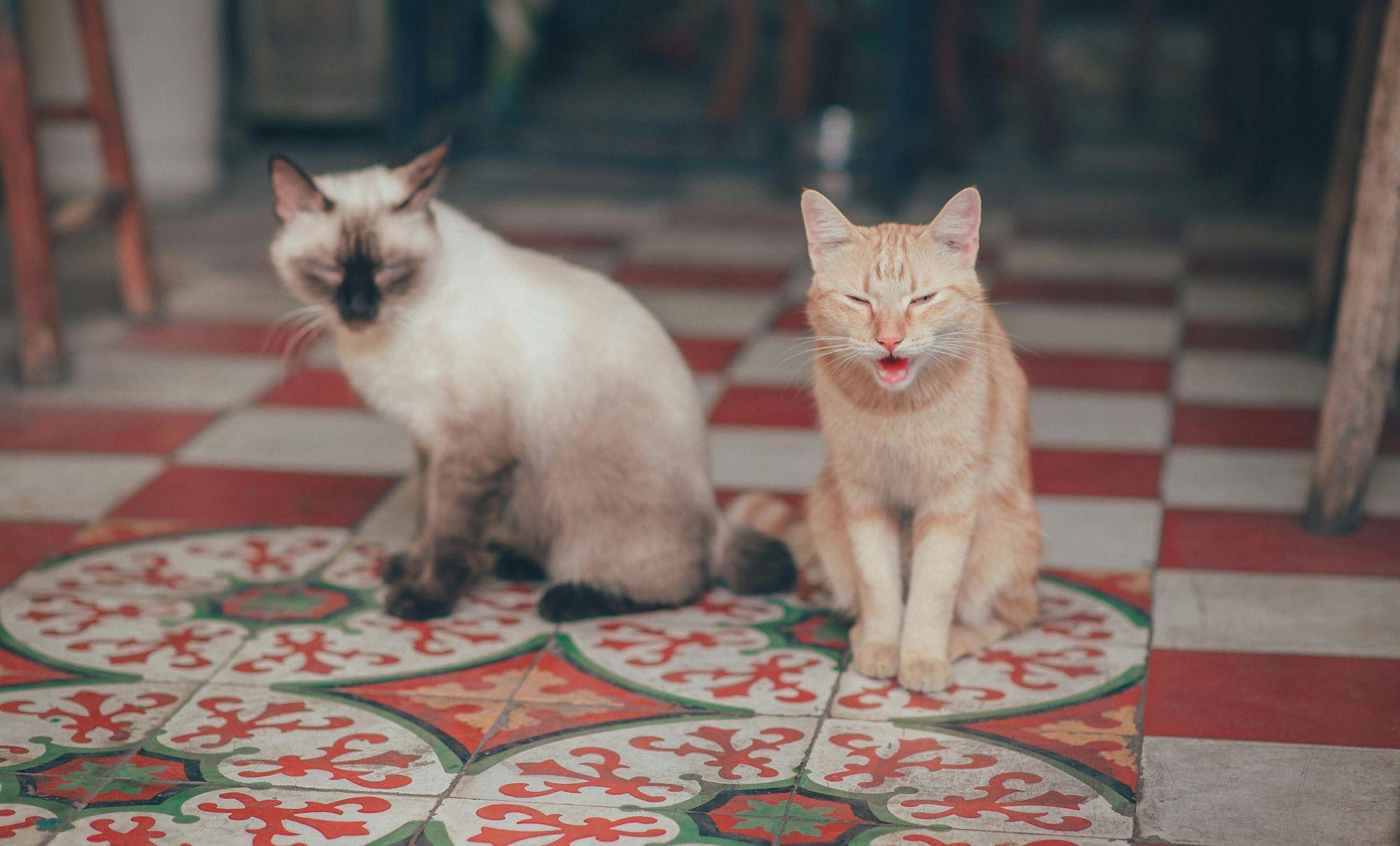
Recognizing pet behavior problems early on can help you address them before they become ingrained habits. Some common issues include:
- Aggression: Biting, growling, or hissing.
- Destructive Behavior: Chewing furniture, digging, or scratching.
- Inappropriate Elimination: Urinating or defecating outside the litter box or designated area.
Identifying these behaviors allows you to tailor your training approach to effectively manage and correct them.
https://truepetslove.com/product/onesaill-dog-shaver/
The Essentials of Positive Reinforcement
What is Positive Reinforcement?
Positive reinforcement involves rewarding your pet for desired behaviors to encourage them to repeat those actions. This method is widely recognized as the most effective and humane way to train pets. Here are some steps to implement positive reinforcement:
- Identify Desired Behaviors: Decide what behaviors you want to encourage, such as sitting on command or using a litter box.
- Choose Rewards: Use the motivators identified earlier to reward your pet immediately after they display the desired behavior.
- Consistency: Be consistent with rewards to help your pet understand which behaviors are encouraged.
Timing is Key
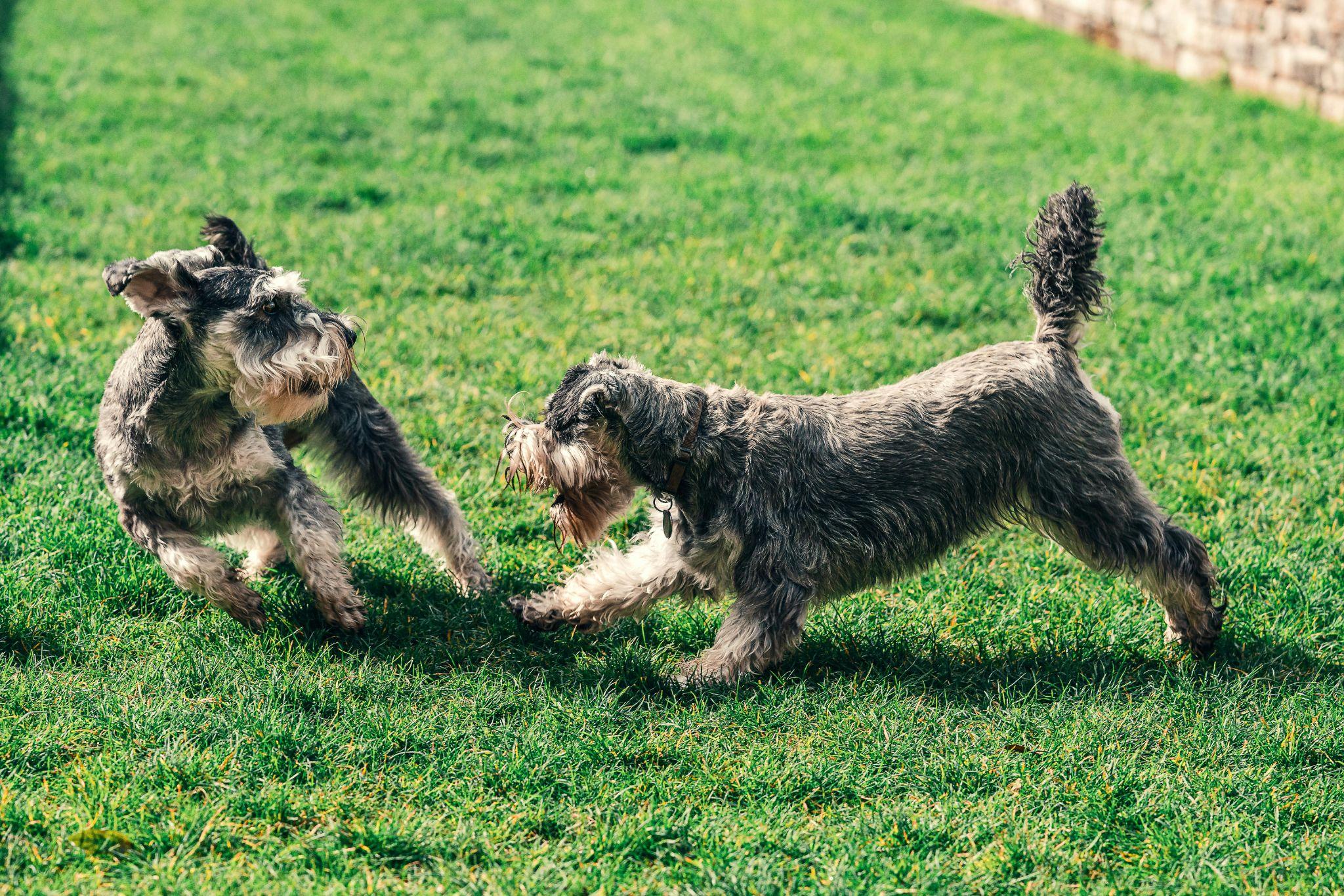
The timing of rewards is crucial in positive reinforcement. Your pet needs to associate the reward with the behavior. For example:
- Immediate Reward: Give the treat or praise right after the behavior.
- Short Sessions: Keep training sessions short and frequent, around 5-10 minutes each, to maintain your pet’s interest.
Basic Commands for Dogs
Teaching Sit, Stay, and Come
Training your dog with basic commands can enhance their safety and your control over their actions.
Sit
- Hold a Treat: Hold a treat close to your dog’s nose.
- Move the Treat: Move your hand up, allowing your dog’s head to follow the treat and causing their bottom to lower.
- Command: Once they are in the sitting position, say “Sit” and give the treat.
Stay
- Start with Sit: Ask your dog to sit.
- Open Hand: Open your palm in front of you and say “Stay.”
- Step Back: Take a few steps back. If they stay, reward them.
- Increase Distance: Gradually increase the distance and duration.
Come
- Leash Training: Attach a leash to your dog.
- Crouch Down: Crouch down to their level and say “Come” while gently pulling the leash.
- Reward: When they come to you, reward them with praise and treats.
Using Crate Training for Dogs
Crate training can help with house training and provide your dog with a safe space.
- Choose the Right Crate: It should be large enough for your dog to stand, turn around, and lie down.
- Make it Comfortable: Add a soft bed and toys.
- Gradual Introduction: Start with short periods and gradually increase the time.
- Positive Association: Give treats and praise when your dog enters the crate.
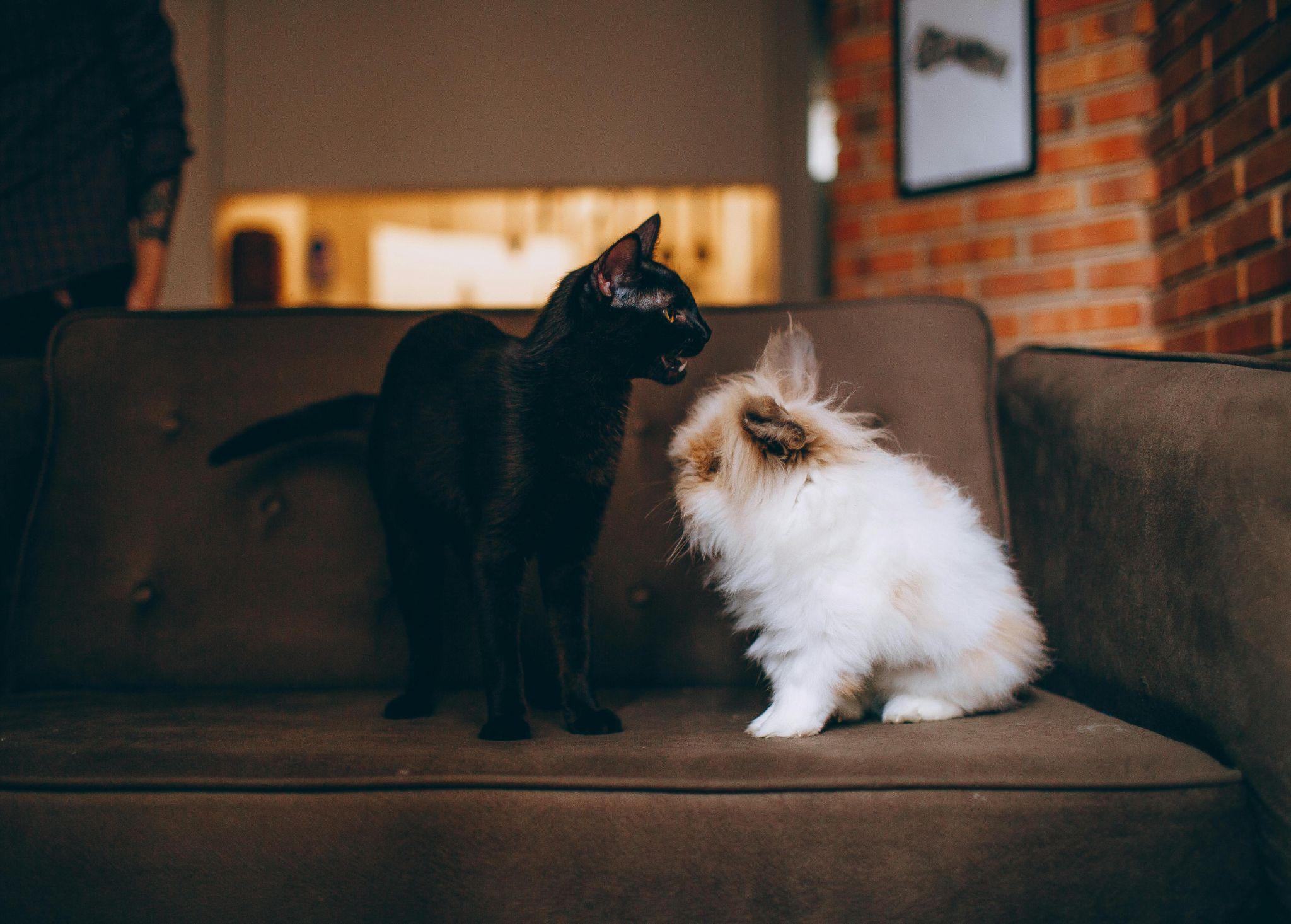
Training Cats: It’s Possible!
Litter Box Training
Litter box training is essential for cats and usually straightforward if you follow these steps:
https://truepetslove.com/the-best-pet-insurance-options/
- Choose the Right Box: Ensure it’s the right size and easily accessible.
- Placement: Place the litter box in a quiet, low-traffic area.
- Introduce Your Cat: Show your cat the litter box and gently place them inside.
- Consistency: Keep the litter box clean and in the same location.
Teaching Fun Tricks
Cats can learn tricks too! Here’s how to teach your cat to high-five:
- Get a Treat: Hold a treat between your fingers.
- Encourage Paw Movement: Move the treat towards their paw.
- Reward Paw Touch: When their paw touches your hand, give the treat and praise.
- Repeat: Practice regularly.
Training Birds: A Different Approach
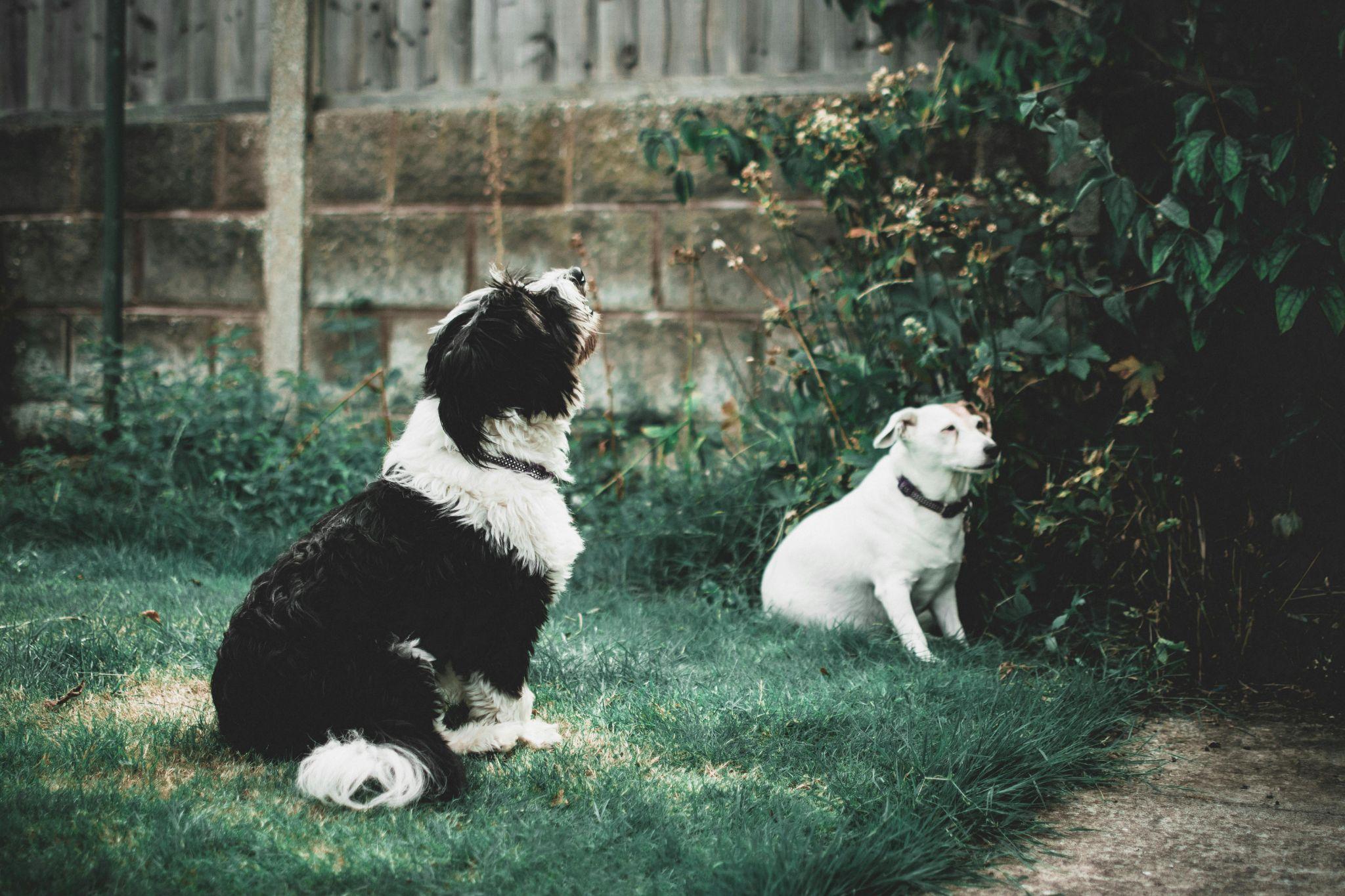
Step-Up Command
Training birds, such as parrots, to step up on your finger can be very useful.
- Use a Perch: Start with a perch before using your hand.
- Command: Gently press the perch against their lower chest and say “Step up.”
- Reward: When they step onto the perch, reward them with a treat.
- Gradual Transition: Gradually transition from the perch to your hand.
Teaching Words and Sounds
Birds like parrots are capable of mimicking sounds and words.
- Repetition: Repeat the word or sound regularly.
- Association: Associate the word with an action or object.
- Patience: Be patient as this can take time.
Training Small Pet Breeds
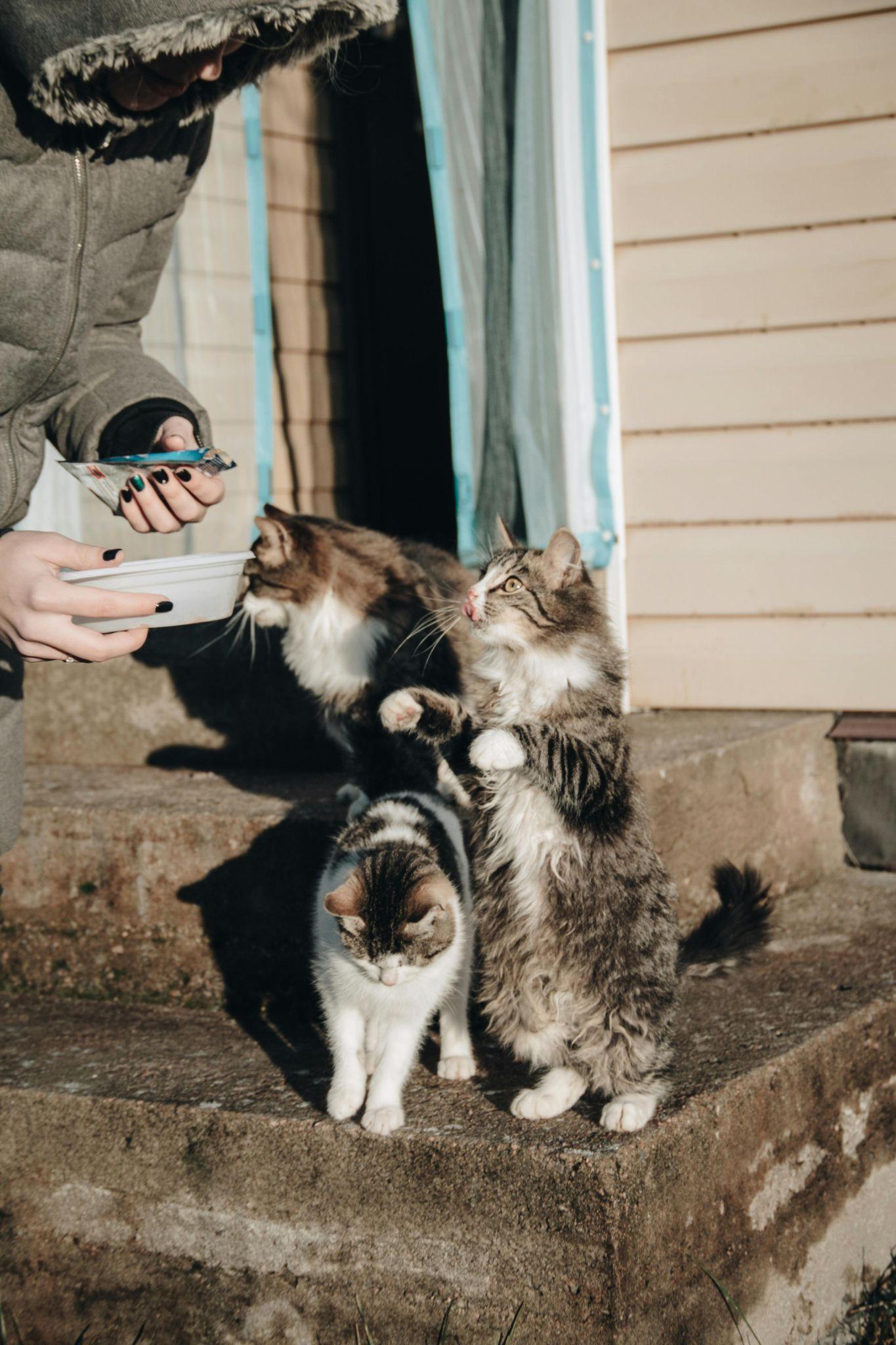
Guinea Pigs and Rabbits
Training small pet breeds like guinea pigs and rabbits can also be fun and rewarding.
Litter Training
- Choose a Litter Box: Make sure it’s suitable for small animals.
- Placement: Place it in their favorite bathroom spot.
- Encourage Use: Place some soiled bedding inside to encourage use.
Teaching Simple Tricks
- Target Training: Use a small target stick.
- Reward: Give treats when they touch the target with their nose.
- Commands: Gradually introduce simple commands like “spin” or “come.”
Advanced Training Techniques
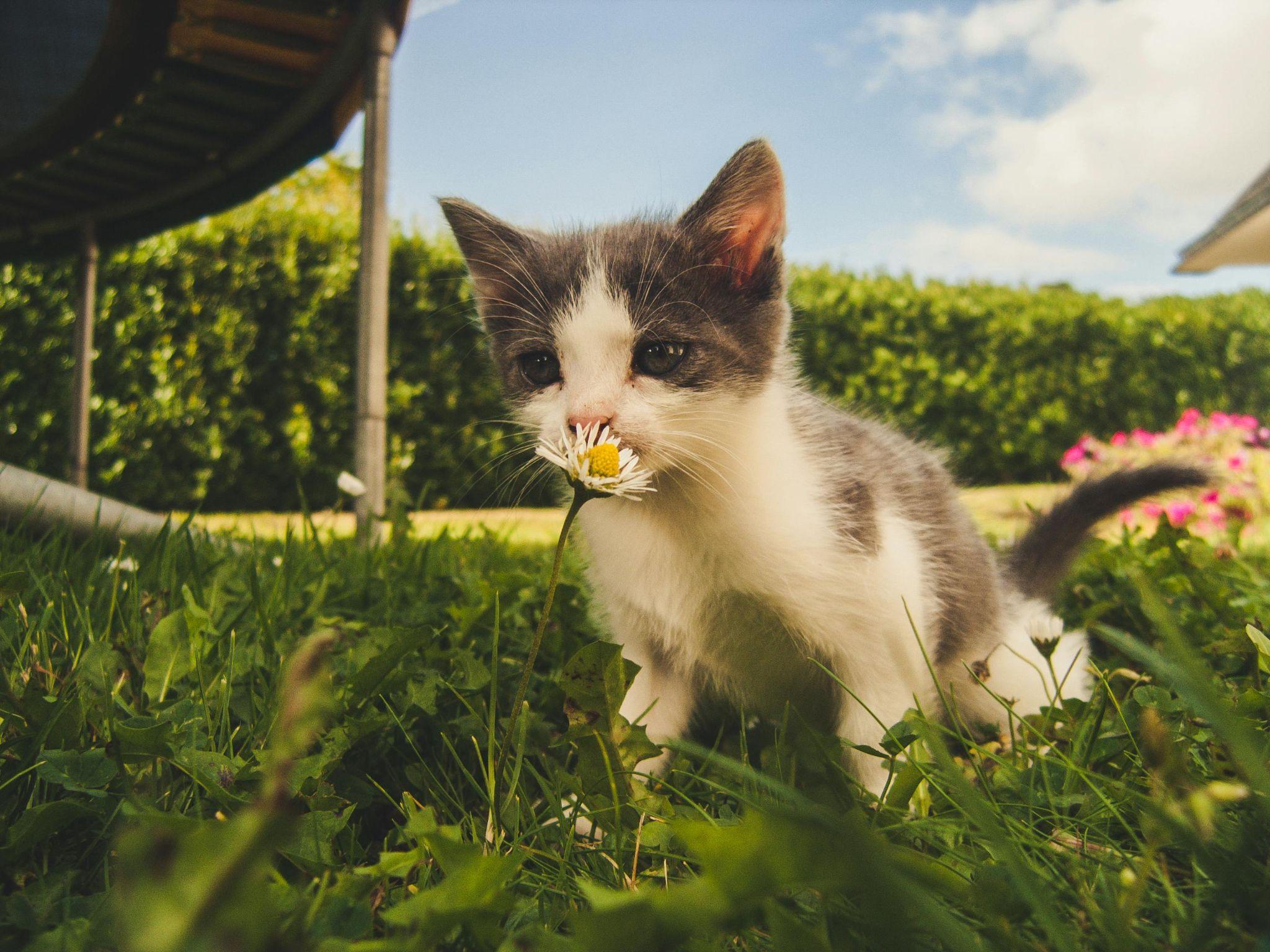
Clicker Training
Clicker training is a powerful method that uses a clicking sound to mark the desired behavior.
- Get a Clicker: Purchase a small handheld clicker.
- Introduce the Clicker: Click and immediately give a treat to create a positive association.
- Use with Commands: Click when your pet performs the desired behavior and then reward.
Agility Training
Agility training is excellent for high-energy pets like dogs.
- Set Up Obstacles: Use tunnels, jumps, and weave poles.
- Start Simple: Begin with simple tasks and gradually increase difficulty.
- Reward Success: Reward your pet for successfully completing obstacles.
Consistency is Key
Maintaining Training Routines
Consistency in training ensures your pet retains what they’ve learned.
- Daily Practice: Incorporate short training sessions into daily routines.
- Same Commands: Use the same commands and gestures.
- Regular Rewards: Continue to reward good behavior to reinforce learning.
Dealing with Setbacks
Training isn’t always a straight path. Here’s how to handle setbacks:
- Stay Calm: Don’t get frustrated; your pet can sense your emotions.
- Review Basics: Go back to basic commands if necessary.
- Positive Reinforcement: Continue using positive reinforcement even if progress seems slow.
Conclusion
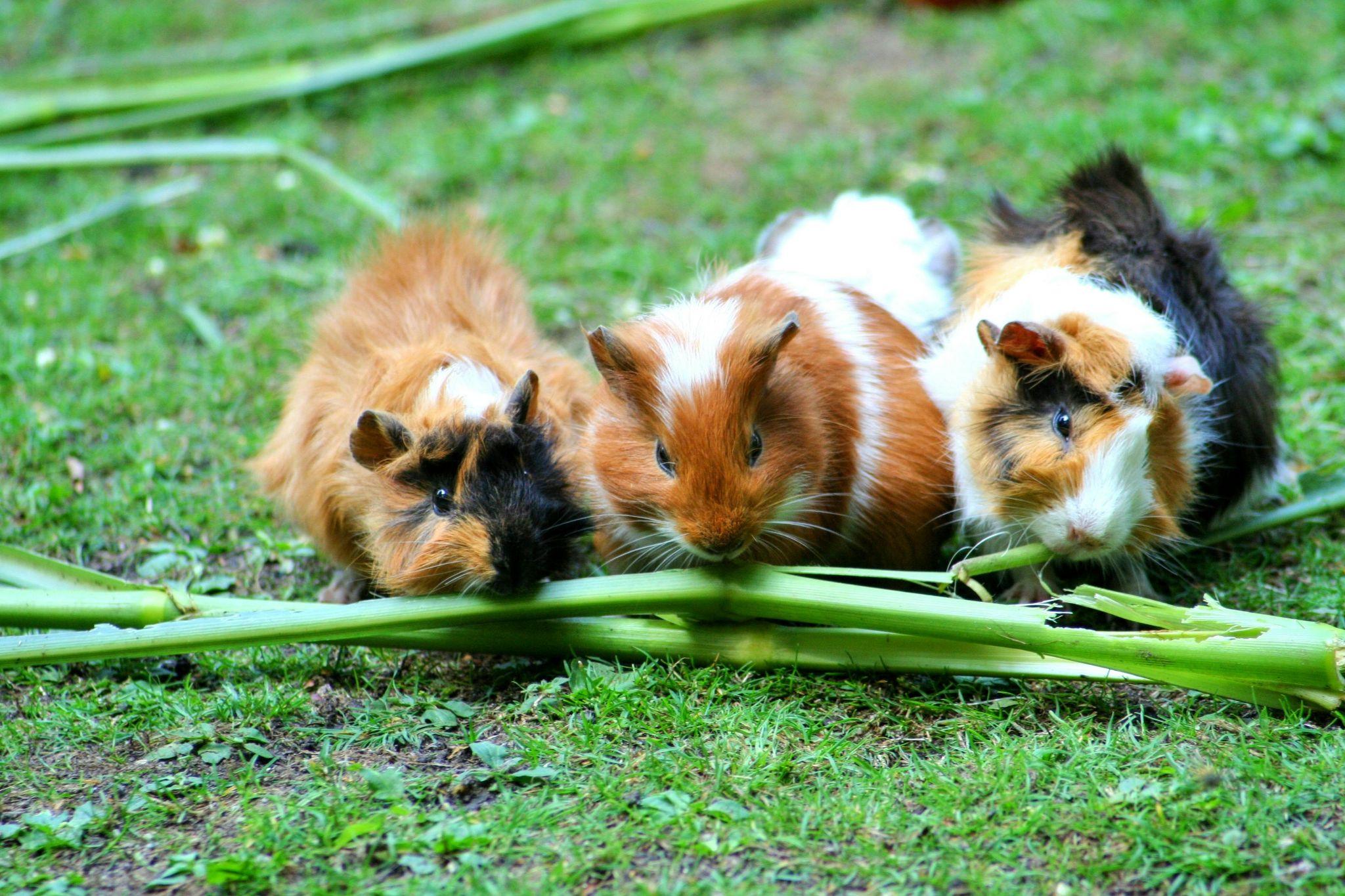
Training your pet, whether it’s one of the small pet breeds or a larger companion, is an ongoing process that requires patience, consistency, and understanding. By recognizing pet behavior problems early and employing positive reinforcement, you can teach your pet a variety of commands and tricks. Remember, each pet is unique, so tailor your training approach to their individual needs and preferences. With these ten tips for training your pet, you’ll build a stronger bond and create a harmonious environment for both you and your beloved animal companion.
